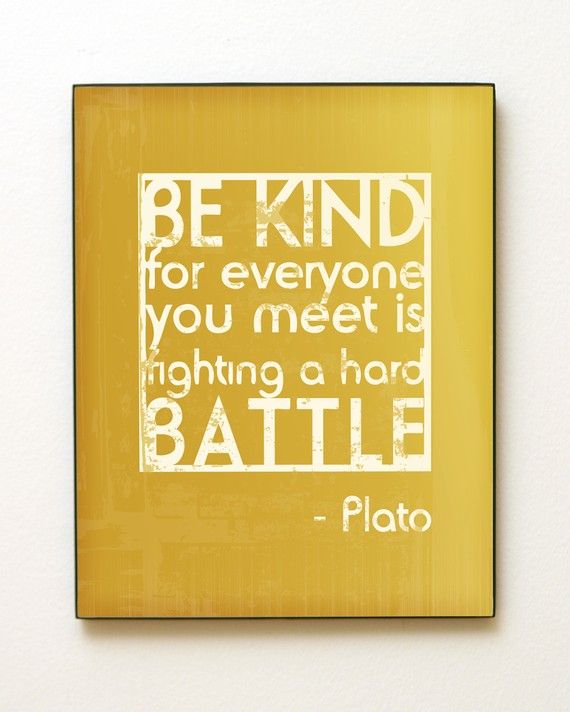
The five Yamas are part of Pantanjali’s eight limbs of yoga. Each limb represents an aspect of yoga to help you discover a deeper connection to your highest Self. The Yamas, as a group, represent the first limb.
The first Yama, Ahimsa means non-harming. I prefer stating things in the affirmative rather than negative, so I like to think of Ahimsa as being your most kind and compassionate self. In yoga, we also teach about the witness consciousness. This is our ability to step back from our actions and observe them as an outsider. Paying attention to our actions is the first step to practicing all the Yamas. Being aware helps us act consciously rather than unconsciously.
Here’s a short 7-day practice to help you deepen Ahimsa in your daily life. Take a minute to reflect each morning and be aware of your actions throughout the day.
Day 1: Close your eyes and bring your awareness to your eyebrow center. Reflect on your thoughts. Do you think kind things about yourself? About others? Are you churning stressful thoughts? Are you thinking thoughts of fear or thoughts of love? Be aware today of the silent thoughts. When you observe a thought that’s not following the principle of Ahimsa, can you stop, change course, and make a conscious choice to think about things differently?
Day 2: Become aware of your eyes as you soften and close them. We have a choice on how we view the world. Do you focus on the good, the beauty, the best in what you see? When you look in the mirror, do you find the beauty in the person looking back at you? Do you view your reflection with compassion? Observe and make shifts when you notice your focus drifting to a perspective that’s less than kind.
Day 3: Bring your attention to your mouth and throat. Close your eyes and notice this energy. Do you speak with compassion? Do you speak in anger? Sarcasm? At another’s expense? Do you accept fault or do you blame others? Take note today. When you speak in the path of Ahimsa, your words are released with care and thoughtfulness. Take a breath, pause before you say anything, especially in fear or anger. Be liberal with kind and joyful words. Take note of your speech today.
Day 4: Close your eyes and feel your shoulders. While it’s a virtue to be helpful and good to care, often we carry burdens that don’t serve us or anyone else. Think about the emotions, tasks, and commitments you carry. Can you begin to let go of those that aren’t helpful? And if you can help another by sharing their burden without harming yourself, are you doing so? What do you notice today that you can start to change?
Day 5: Bow your head and bring your hands to your heart. Close your eyes and feel the energy in your heart center. Research now proves the heart emits more electromagnetic energy than any other organ in your body – 100 times more electric and 5,000 times more magnetic than your brain! Listen to your heart, not just the beat but also the emotion. What do you feel? Observe. Breathe into your heart center. If you feel love, can you magnify that feeling? If you feel fear or anger (anger is really just another form of fear), can you accept it and begin to allow the experience to dissolve even a little bit? We feel what we feel and we can begin to change the way we deal with our feelings. Acceptance and release is often a powerful way to be kind to ourselves and start to heal. Check in throughout the day and before bed. Can you breathe in a bit more love and gratitude before you go to sleep tonight?
Day 6: Let your attention turn inward to your navel center. This is the area of control and courage. It’s also the storehouse of anger and fear. Breathe deeply and feel. Just feel. Like breathwork with the heart center, breathing deeply can help you release trapped energy and accept what is. When you’re ready to release feelings, the breath is a powerful healer. When you need to experience sadness and grief, the breath can help you move anger and fear to the heart center to experience these feelings. Sadness and grief are forms of love and can be softened through breath at the heart. Sometimes we need to cry. Sometimes we need to find strength. Often it takes strength to let go and forgive. Today, just be aware of what you feel. In the lower energy centers, acceptance and acknowledgment are the best ways to be kind to yourself and have courage to be compassionate with others, especially those who’ve hurt you. Forgiveness doesn’t mean the other person’s actions are acceptable or right, it means you no longer allow those actions to have a hold on your ability to live your best life.
Day 7: Become aware of the energies surrounding your reproductive area. Yes, for women and men, this is where we create new life. It’s also where we give birth to new ideas and how we create our world. Today, think about what you’re creating. Are you bringing love and light into the world, sharing your gifts, or are you creating chaos? Witness. Be aware. Can you course correct if needed? Can you collaborate? We are stronger together. The world needs you to share your light.
Moving down to our legs, observe how you move in the world. Do you step in the direction of goodness? What steps are you taking to live in Ahimsa?
Move your focus down to your feet; think about how you step. Do you tread lightly; leave things as good as or better than you found them? Do you dance with joy? Step forward in Ahimsa today. Create with love.
Namaste!

Comments 1
Happy New Year to you and Steve. My email is beckwoman1@ iCloud.com